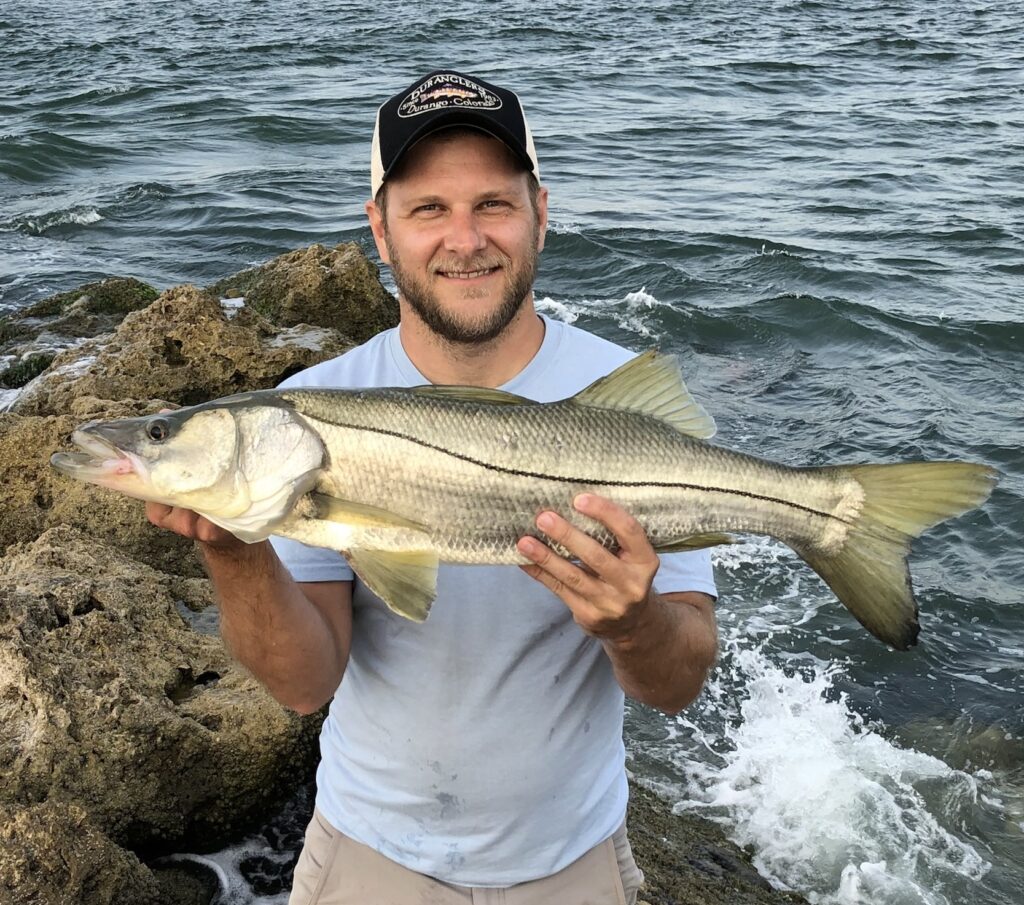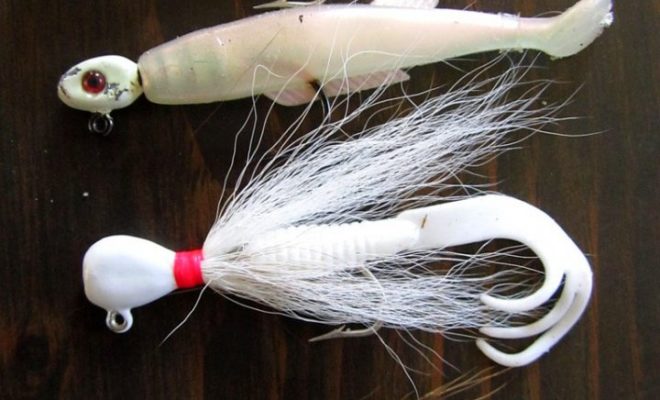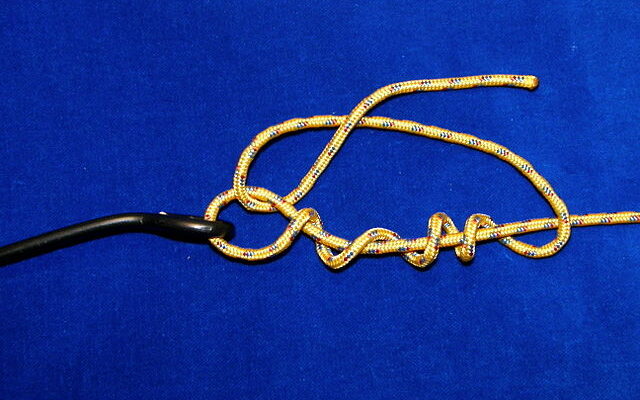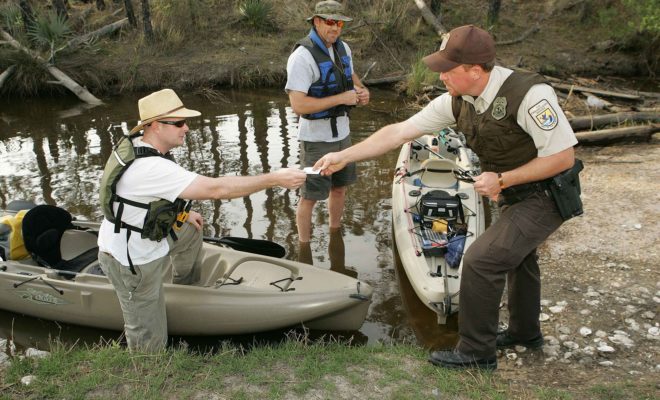By Adam Young. Our US Harbors Fishing Expert
The impact of tides has huge implications when it comes to fishing and angler success. In fact, tides are some of the most powerful and influential forces on earth…but how can the common angler use these to their advantage?
To start, anglers should have a basic understanding of how tides work: The moon and sun are powerful gravitational bodies that can push and pull bodies of water (like oceans and rivers) to crest (high tide) and trough (low tide).
The timing, intensity, and impact of tides differs from location to location, but thanks to modern science we can predict these tides, which is great news for anglers.
By referring to a tidal chart of your area, you can take a look at when the high tide, low tide, or even slack tide occurs. You can also learn about the tidal coefficient (the size of the tide in relation to its average for that location) and much more.
Most fish feed at both low, and high tides. For that reason, one particular tide is usually not better fishing than the other. However the habits, and patterns of fish do change with the tides. The most successful anglers understand these patterns for the region they are fishing, and adjust accordingly.
Fishing at High Tide
As the name implies, high tide is when the tidal water body is at its highest. From a fishing perspective this means that you’re going to be fishing in a larger volume of water. The depth of water increases, the water temperature may change, and shallow areas may become accessible.
Let’s take for example here in Florida where I live and fish. Much of our coastline is miles of shallow mud flats that are nearly impossible to fish, unless there is a high tide. As the water rises, those muddy flats fill up with water, and that makes them accessible to fish and anglers alike.
That is one example of how high tide fishing can give you access to areas that would otherwise be dry, or too shallow to fish.
Fishing at Low Tide
Low tide fishing is used to describe when the water is receding, or draining away from the coast. Picture a tub full of water, then suddenly you pull the drain plug. All of that water is going to draw down and recede.
This can present excellent fishing opportunities to find ‘pinch point’ or ‘drain points’ where water movement is rapidly receding. Gamefish like Snook, Tarpon and Striped Bass will often position adjacent to these pinch points, feeding on baitfish as they are passing by with the receding tide.
Slack Tide Fishing
Slack tide fishing is the short window of time between a high tide and a low tide switch, when the water is neither incoming or outgoing. Most slack tides are 30 minutes or less, but these unique windows can be a great time to survey an area without the influence of water movement.
Water clarity can be good during this time, which makes spotting fish and bait easy. It’s also a great time to take notice of changes when the tide does switch, to look for eddys, ambush points and other water structures that can influence fish activity.
Fishing in Offshore Tides & Currents
Although we like to think of tides as having only coastal impacts, they also influence nearshore and offshore fishing as well.
Take for example red snapper fishing. These popular fish prefer to hang around structures like reefs and wrecks in 40-100 feet of water.
An experienced boat captain will survey the tides and current in the area they are fishing, because that is critical to determine boat position to stay over the fishing hole.
You may be only fishing a small reef or rubble pile in 100 feet of water, so by understanding the tides and current you can pinpoint your anchor position or drift so that your baits are going where they’re supposed to (down to where the fish are!).
Final Thoughts
An entire book could be written on the importance of tides when it comes to fishing and angler success (in fact, i’m pretty sure there has been!). But, just like their global impact, tides vary by region and location, and so do fish patterns and feeding activity.
I encourage you to start paying close attention to the tides in your local fishing areas. Look for patterns, and learn how the tide affects the fish (or the bait) you are pursuing. Ask yourself questions like:
- Why do you always see birds diving off the rocks during high tide? What could that mean?
- How come all the bait disappears during low tide? Where do they go?
- Why is the water always so fast near the bridge? Is that a potential ambush point?
The sooner you start to learn the tides in your area, the most successful you will be at finding the fish and having success. Good luck!
Read more by Adam Young, owner of https://saltwatermecca.com/
About Adam Young, Our US Harbor Fishing Expert — Adam grew up on the east coast of Florida, fishing and boating in the world famous Indian River Lagoon. He’s a full time fishing content creator and freelance writer, with a broad range of angling experience from the bonefish flats of the Bahamas to the halibut grounds of Kachemak Bay, Alaska.




